I’m wearing pink pressed grapes on the school run. This is unusual, even by the relaxed standards of my daughter’s school gate, but the other parents love my pink pressed grapes – which come in the form of the handsome Pangaia trainers I’m wearing on my feet.
They are made of vegan leather – created from grape pulp – and they go perfectly with my usual mum uniform of Levi’s and Uniqlo cashmere. In fact, it turns out my pink shoes, made from a leather alternative but totally passing for the real thing, are extremely on-trend.
Alt leather, or vegan leather, is having a moment, although many hope the moment turns into a permanent shift.
According to fashion site Glossy, the synth-leather market was valued at around $63billion in 2021 and is projected to reach $81billion by 2028.
It turns out my pink shoes are extremely on-trend.
“Alt leather is increasingly popular,” says Timo Rissanen, Associate Professor in fashion and textiles at University of Technology Sydney. “There is an undeniable issue with [authentic] leather, around deforestation and climate change and large-scale animal agriculture.”
Animals rights activists, such as PETA, have long likened leather to fur, which many designers no longer use in their collections.
Environmentalists point to the carbon footprint of farming animals – the Food and Agriculture Organisation of the United Nations estimates global livestock production makes up 14.5 per cent of all anthropogenic greenhouse gas emissions.
Then there is the chemical-heavy tanning process used in leather production. In countries with little environmental regulation, like China, India and Bangladesh, tanning chemicals such as chromium often get dumped into waterways as sludgy waste, despoiling the environment for local people.
Enter alt-leather, to ease the burden on the planet, and on our consciences.
But is it that simple?
There are a few different types of alt leather, and not all are created equal.
Pleather
First up, we have good old-fashioned polyurethane, which many of us know as “pleather”, which is made from fossil fuel-based petroleum.
However, many newer, more environmentally-conscious designers will use recycled polyurethane to create alt-leather, in an attempt to reuse a waste product.
Sustainable Melbourne-based brand Arnsdorf has recently started using recycled polyurethane-based alt-leather in its collections, recently producing an alt-leather trench coat, blazer and tailored pant. Their alt-leather is from a specialist mill in Japan.
“We have been wanting to do something in that fabric for a while but this was the first time we could find a recycled vegan leather,” says the label’s founder and designer, Jade Sarita Arnott. “Not all vegan leather fabrics are sustainable. There is a bit of a loaded discussion about the benefits of vegan versus traditional leather.”


Despite the relatively high price point of the alt-leather, “people have loved it”, Sarita Arnott says. “It’s done so well we have put it into our winter range for next year, which we have just produced and shot.”
Plant leather
Other kinds of alt-leather, like my grape shoes, are mostly made from plant materials, although one company is using lionfish for its material.
My Pangaia shoes are manufactured from the solid remains of pressed grapes (including the skins, pulp, seeds and stems), combined with vegetable oil and water-based polyurethane.
There is also corn-starch leather, favoured by Louis Vuitton and cult sneaker brand Veja – having sampled the latter sneaker, I can attest to the fact that it’s both chic and impossible to distinguish from “real” animal leather.
Another vegan leather called Piñatex is made from the rough spiky leaves of pineapples, usually discarded in the harvesting process (Zara has just revealed a collection created in partnership with Ananas Anam, the makers of Piñatex).
Alt-leather can also be made from cactuses – this variety is reportedly buttery-soft, so soft that Mercedes-Benz has used it for the luxe interior of one of its concept cars.
Mushroom leather
And the pinnacle of alt-leather is made from mycelium, which is essentially the root structure of fungus, or mushrooms.
“Mushroom” leather is also beautifully soft, hence its adoption by OG sustainable designer Stella McCartney, not to mention Hermès.
Piñatex is made from the rough spiky leaves of pineapples
But adding to the complexity of the alt-versus-real leather dilemma is the fact that many manufacturers of plant-based leather alternatives will use plastic to bolster their products, meaning they are not fully biodegradable.
Also, some say authentic leather is not wasteful, as it is a by-product of the meat industry so – as long as people are eating beef – we may as well use the skins of the animals slaughtered. And if it is tanned using vegetable dye, its impact on the environment may be less than many types of vegan leather.
Confused? So is everyone, according to Rissanen.
“It’s virtually impossible to navigate which material is better. Every consumer needs to take a degree in chemistry to understand the impacts!” he says. “This is why there needs to be an industry dialogue around this.”
Every consumer needs to take a degree in chemistry to understand the impacts!
Rissanen says we should ask two questions of any new leather-like material coming into the market: Firstly, were fossil fuels involved in its creation? Secondly, is it biodegradable or will it result in landfill waste at the end of its life cycle?
While imperfect, the current generation of vegan leather will create a consumer market, which will lead to better, more sustainable technological innovations.
“I think of these alt-leathers as transitional materials,” Rissanen says. “They help us get to the next place. They are not the final destination by any means.”
Last but not least, can alt-leather “pass” for real leather? Do we want it to?
Sarita Arnott says that high-quality vegan leather is as buttery, supple and soft as the real thing. But increasingly, no one cares what comes from a cow and what comes from a mushroom or a pineapple.
“I think there is definitely no stigma anymore in fake leather,” she says.
I will wear my grape shoes with pride.
Want more stories like this? Sign up to PRIMER’s free weekly newsletter.





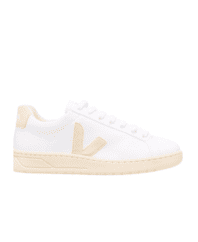
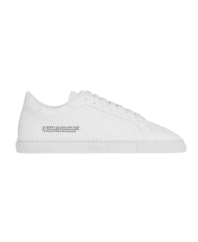
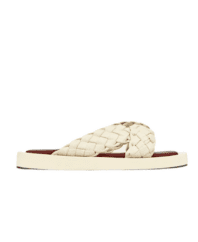
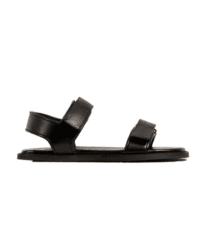
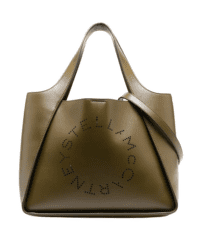
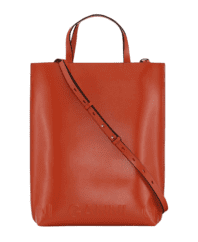
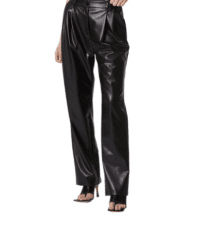
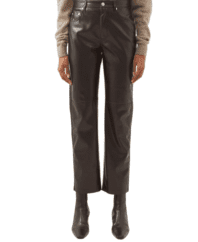
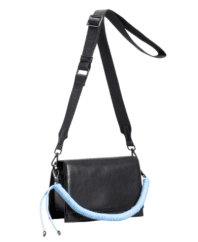

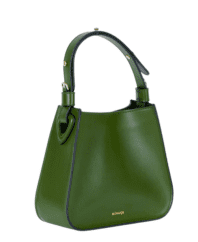
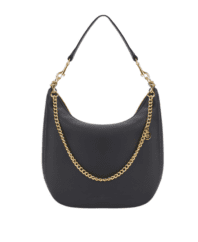



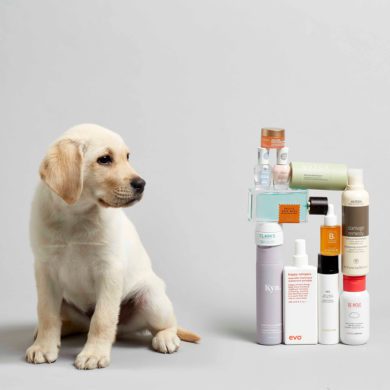




No Comments